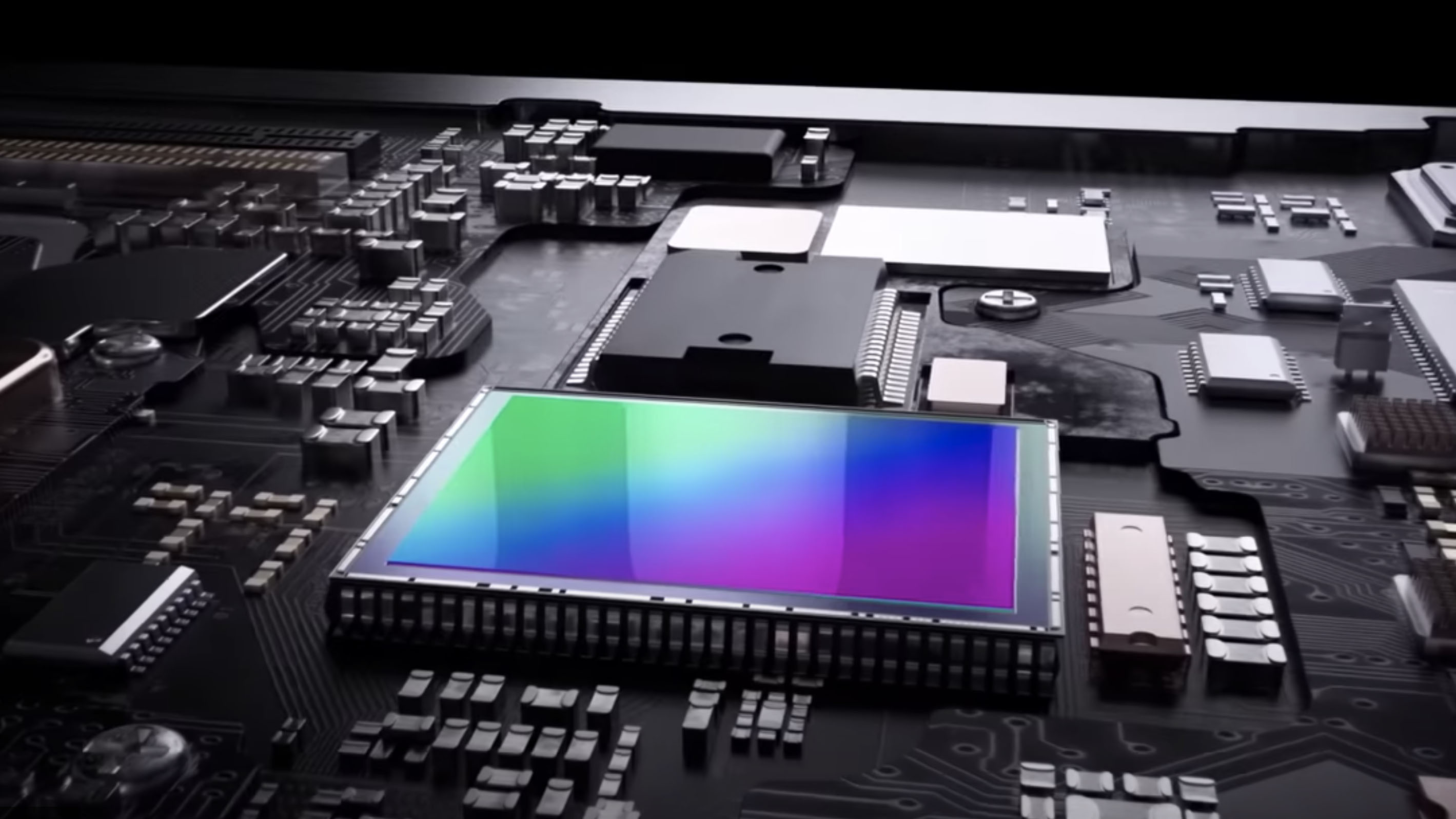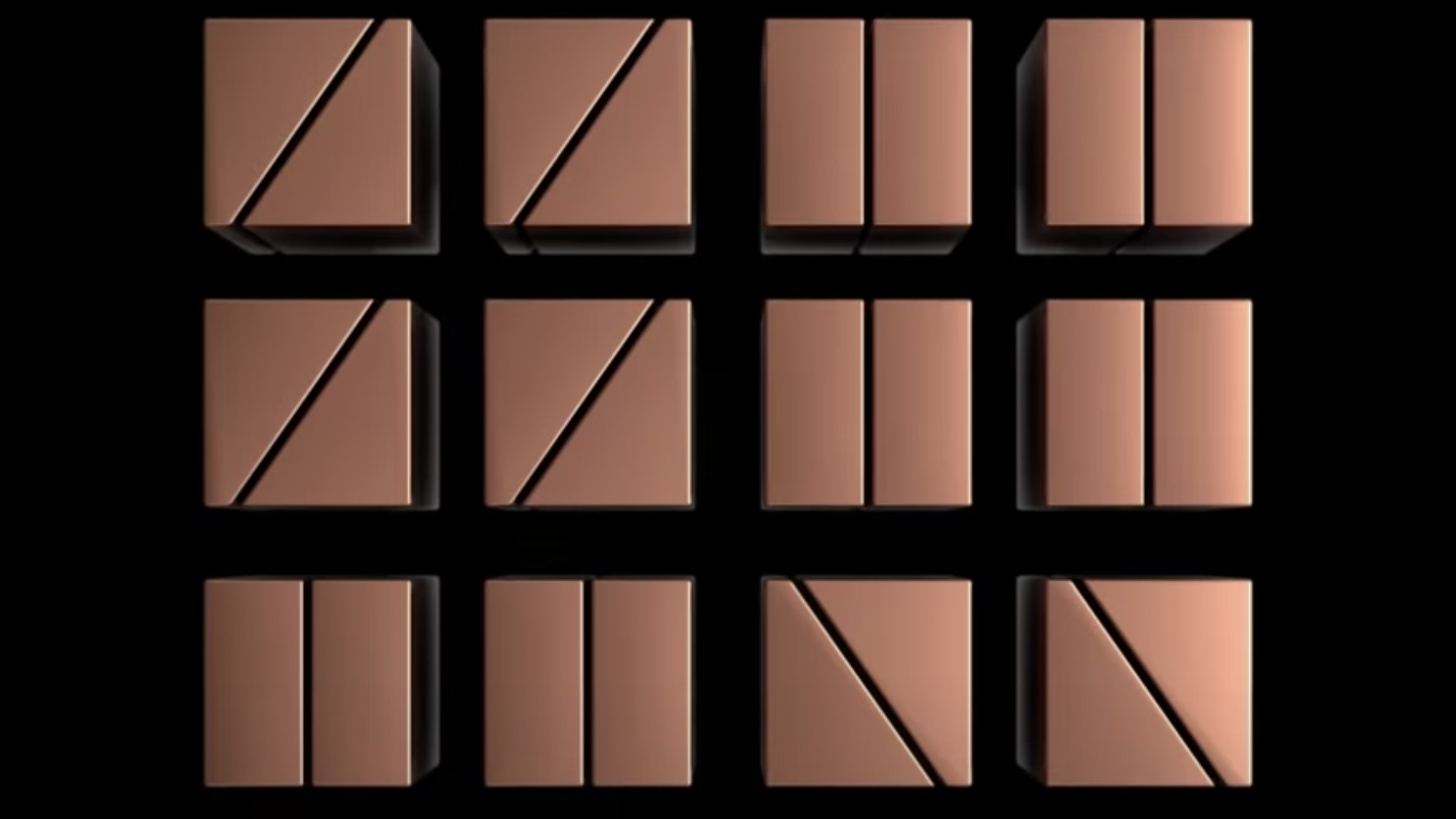Next-Gen Dual Pixel Autofocus is here: meet the new super Samsung 50 megapixel sensor
Samsung claims this is a revolution in on-sensor autofocus technology for the next generation of cameras

Autofocus systems are complex technology and it's an area that has seen continuous development for decades. Phase Detection AF has traditionally been the preferred system, since this provides the greater speed and accuracy demanded by the top pro photographers. It was the inclusion of PDAF that maintained the dominance of DSLRs as the pro choice throughout the 2000's, while mirrorless compact and bridge cameras were forced to use the slower Contrast Detection system.
Things are changing rapidly however and today's crop of interchangeable lens mirrorless cameras are sporting AF systems which not only rival, but actually out-perform their DSLR equivalents.
Samsung have further progressed this advancement with the announcement of their new ISOCELL GN2 - a 50MP CMOS (Complementary metal–oxide–semiconductor) sensor featuring the company's Next-Gen Dual Pixel Autofocus system.
Dubbed "Dual Pixel Pro" the new method closely resembles technology employed by Canon and makes full use of all the pixels in the sensor array for AF functionality. Before exploring the details of the new approach Samsung is taking it helps to understand the differences between AF methods.
Contrast-detection vs PDAF
The dSLR traditionally used a separate, dedicated sensor for Phase-Detection autofocus functions, independent of the main imaging sensor. Light entered the lens and the majority was reflected up into the pentaprism, to create the image in the optical viewfinder (OVF). The remaining percentage of the light actually passed through a translucent portion of the reflex mirror and was measured by the AF sensors.
In compact cameras and early CSCs (Compact System Camera) the removal of the mirror meant the imaging sensor itself had to be used for focussing duties, but lacked the ability to allow PDAF. Instead the sensor looked for contrast along edges in a scene to judge when everything was sharp. This was slower to work and ineffective in low light conditions.
The Dual pixel design

One of the downsides of on-sensor PDAF is that some of the photosites had to be blocked off to allow focus judgement, reducing overall image resolution. Dual Pixel designs feature two photodiodes per pixel, rather than a single unit, which can both be used to gather photo information, while providing a means of measuring the phase differences between each side. Once both sides align the camera 'knows' the image is in focus.
Get the Digital Camera World Newsletter
The best camera deals, reviews, product advice, and unmissable photography news, direct to your inbox!
Canon explain the system like this:
"Each pixel on the CMOS imaging sensor has two separate, light-sensitive photodiodes, which convert light into an electronic signal. Independently, each half of a pixel detects light through separate micro lenses, atop each pixel. During AF detection, the two halves of each pixel — the two photodiodes — send separate signals, which are analyzed for focus information. Then, an instant later when an actual image or video frame is recorded, the two separate signals from each pixel are combined into one single one, for image capturing purposes. This greatly improves AF speed over the majority of the area on which you’re focusing. The result is phase-detection autofocus, which surveys the scene and recognizes not only whether a subject is in focus or not, but in which direction (near or far), and by how much".
The Samsung approach

According to Samsung this approach follows the design of human vision, where information from both eyes is combined to find focus. However the Japanese firm have developed the concept further.
Where last-gen Dual Pixel AF split the photodiode down the middle, the arrangement on the ISOCELL GN2 divides it diagonally. This allows both left-right shift and up-down phase differences to be assessed, giving even more accuracy and speed, especially in low light and with rapid subjects.
Dual Pixel Pro technology utilizes 100-million phase-detecting photodiodes that perceive phases both vertically and horizontally for faster and more accurate autofocusing.
Samsung
Samsung also highlight the advantages in distinguishing patterns. While older PDAF systems struggled "to differentiate between the left and right sides of patterns such as parallel horizontal stripes", the top/bottom PD makes cameras more able to focus on complex patterns, such as on a patterned shirt.
Other advantages
The new sensor is capable of recording 100-megapixel images, thanks to its intelligent re-mosaic algorithm, which creates "three individual layers of 50MP frames in green, red, and blue". "These frames are then up-scaled and merged to produce a single ultra-high 100MP resolution photograph" says Samsung.
Dynamic range is also improved thanks to Samsung's “staggered-HDR”, which employs a rolling shutter to create multiple exposures in a single image, while cutting energy consumption by 24% over previous iterations.
Smart ISO Pro is also present, which creates HDR images using variable ISO, using intelligent conversion gain control, to reduce motion-related issues, such as blend ghosting.
Full HD video at 480fps and 4K at 120fps is also available.
With the Sensor in production already we could see its debut in smartphones within months.
Read more
Sigma launches a new compact 28-70mm f/2.8 DG DN contemporary
The best mirrorless camera in 2021 for beginners, vloggers, enthusiasts and pros
The best camera phone in 2021: which is the best smartphone for photography?
As the Editor for Digital Photographer magazine, Peter is a specialist in camera tutorials and creative projects to help you get the most out of your camera, lens, tripod, filters, gimbal, lighting and other imaging equipment.
After cutting his teeth working in retail for camera specialists like Jessops, he has spent 11 years as a photography journalist and freelance writer – and he is a Getty Images-registered photographer, to boot.
No matter what you want to shoot, Peter can help you sharpen your skills and elevate your ability, whether it’s taking portraits, capturing landscapes, shooting architecture, creating macro and still life, photographing action… he can help you learn and improve.

